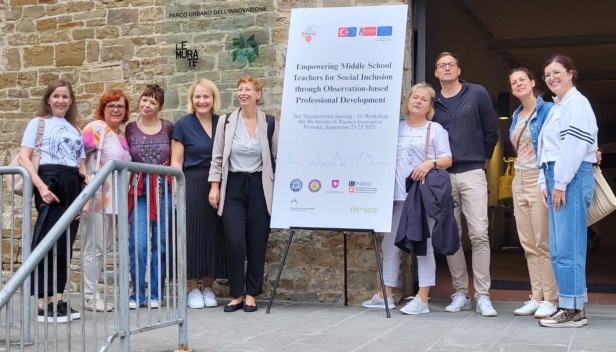The influence of glass elements on the energy efficienency of ZP Magdalena
Construction & Civil Engineering

In recent years, the energy crisis has become a global challenge that requires fast and effective solutions. With high energy prices, the depletion of fossil fuels and rising greenhouse gas emissions, the world is facing the urgency of shifting towards sustainable practices.
Sustainable construction focuses on reducing energy consumption, using renewable resources, improving quality of life and minimising environmental impact. This includes the use of energy efficient materials, natural lighting, passive forms of heating and cooling and optimising thermal insulation.
Architectural thinking on the design of buildings such as the Magdalena ZP emphasises the integration of functionality, aesthetics and energy efficiency. The design takes into account local climatic conditions, sun paths, wind and natural features to ensure the best use of natural energy resources and to reduce the need for artificial heating or cooling.
As an example of contemporary architecture, the Magdalena ZP was designed with the minimisation of heat loss in mind, maximising the use of sunlight for natural lighting and cooling the spaces through architectural elements such as external shades (Brisolei).
This thesis focuses on the comparison of different façade systems using the Magdalena ZP as an example, specifically glazed-ventilated façades versus traditional contact façades. I calculated the heat losses of the existing façade of the ZP Magdalena during the month of January and compared them with the solar radiation gains, where the losses turned out to be significantly higher than the gains.
I further analysed the impact of external shading (brisolei) on the shading of the building and found that without shading, the Magdalena ZP would be completely overheated, requiring a lot of energy for cooling. In my thesis I also introduced the sixth dimension of BIM (Building Information Modelling), which proved that heat loss simulations can be used to accurately define the quality of the façade envelope and predict thermal bridges on buildings.
The thesis thus contributes to the understanding of the energy performance of different façade systems and highlights the importance of using advanced technologies to improve the energy performance of buildings.





